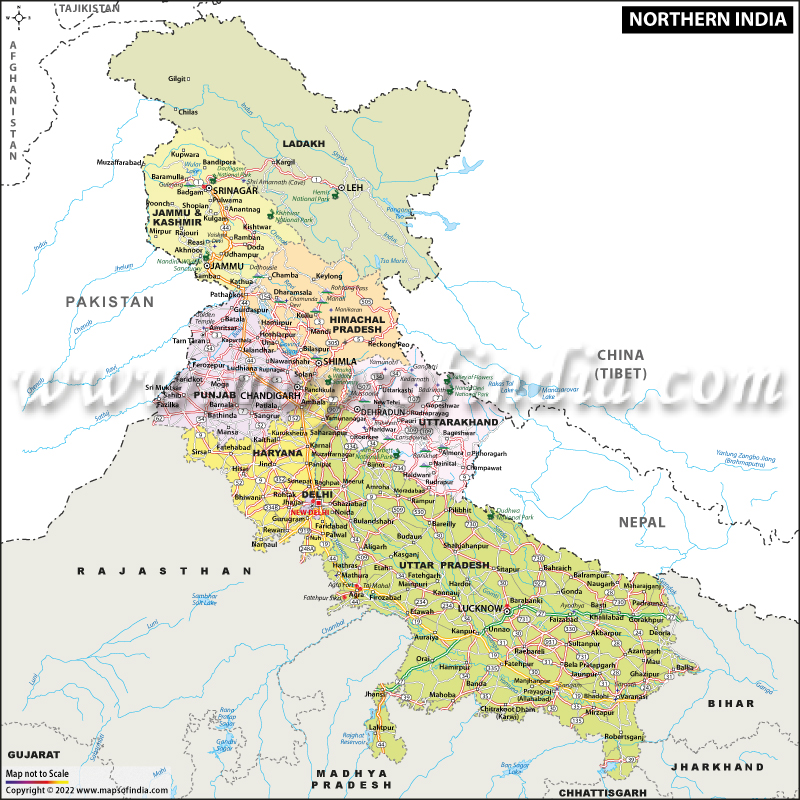Saturday, 31 August 2013
Tuesday, 13 August 2013
NORTH INDIAN MOUNTAIN

Origin of Himalaya's :
Most of this area which presents some of the most magnificent mountain. Scenery in the world was under marine condition. During uplift of mountain marine sediments rose to great heights. Weathering and erosive agencies worked on these to produce the relief seen today.
The main Himalayan extends in the west to east direction between the river Indus and the river Brahmaputra. In the west, in the Kashmir Himalayas width is around 400 km. and it reduces to about 150 km. in the Assam Himalayas. For the Indian Subcontinent the Himalayas are not just lofty mountains but they also influence the life of the people of the subcontinent. On one hand, it protects India by preventing the chilling cold dry Arctic winds from entering India and on the other hand, it blocks the moisture laden monsoon winds from entering India and on the other hand it block moisture laden monsoon winds from escaping towards north .
SHIWALIK RANGES
RIVERS IN HIMALAYAN MOUNTAIN


Indus, Ganga, Satluj,
Beas, Brahmaputra, Ravi, Chenab, Jhelum are the rivers flowing in India.This rivers are perennial in nature
CLIMATIC CONDITION

In winter the tempreture reaches upto -5 .It contains great-snow for 4 month. Rainfall is
1350 mm in western part, in eastern region it has 3,050 mm.
ANIMALS
Subscribe to:
Posts (Atom)




